Sonny Curtis, a prolific songwriter and accomplished musician whose indelible compositions shaped the soundscapes of rock and roll and American television, has died at the age of 88. His passing marks the end of an era for a vintage rock ‘n’ roller who penned the raw, enduring anthem “I Fought the Law” and crafted the universally recognized, uplifting theme to “The Mary Tyler Moore Show,” famously posing the question, “Who can turn the world on with her smile?” His wife of more than a half-century, Louise Curtis, confirmed his death to The Associated Press, with his daughter Sarah Curtis noting on Facebook that he had been suddenly ill.
Curtis’s legacy is defined by a unique blend of raw authenticity and melodic charm, a rare combination that allowed his work to resonate across diverse genres and generations. From his early days as a childhood friend of Buddy Holly to his induction into the Rock and Roll Hall of Fame as a member of The Crickets, his career was a testament to the power of a well-crafted song and an understated, yet profound, musical genius. His compositions were covered by a pantheon of artists, from the country stylings of Keith Whitley and the classic harmonies of the Everly Brothers to the formidable rock sounds of Bruce Springsteen and the Grateful Dead, underscoring the universal appeal and timeless quality of his art.
This article delves into the significant contributions of Sonny Curtis, whose work, though sometimes behind the scenes, profoundly influenced American culture. We will explore the origins and enduring impact of his most famous songs, trace his journey through the formative years of rock and roll, and acknowledge the numerous accolades that recognize his profound impact on music. Through his life and work, Curtis exemplified a particular kind of creative force — one that shaped popular culture with unassuming brilliance, leaving behind a repertoire that continues to inspire and entertain.
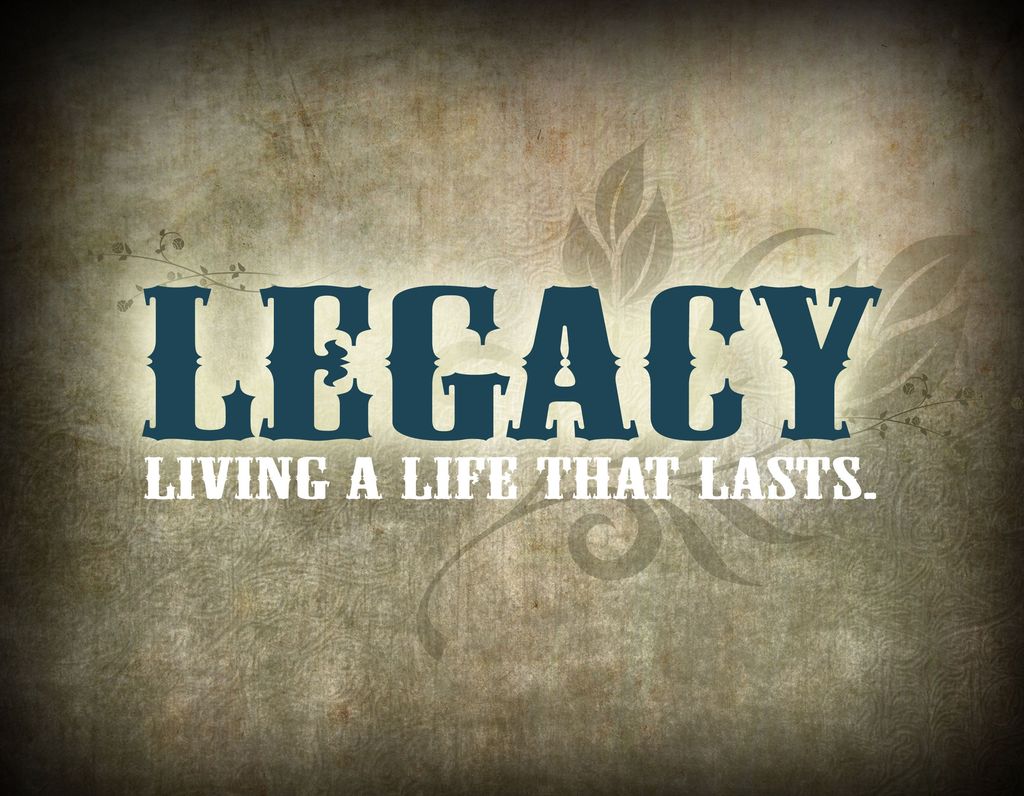
1. **A Timeless Legacy: The Passing of Sonny Curtis at 88
The announcement of Sonny Curtis’s passing at 88 years old brought reflections on a career that spanned decades and touched various facets of American music. His journey began amidst the Great Depression, born to cotton farmers outside Meadow, Texas, setting the stage for a life dedicated to melody and lyrics. This early environment, far removed from the glare of future stardom, perhaps instilled the grounded authenticity that permeated his compositions.
His death came after a sudden illness, as confirmed by his daughter Sarah Curtis on his Facebook page, marking the peaceful conclusion of a life rich with artistic achievement. The quiet circumstances of his passing belied the immense cultural resonance of his work, which often entered the public consciousness through other performers or as the ubiquitous soundtrack to beloved television.
Curtis’s impact was formally recognized through multiple prestigious inductions, including the Nashville Songwriters Hall of Fame in 1991 and, as part of The Crickets, into Nashville’s Musicians Hall of Fame and Museum in 2007. The capstone arrived in 2012 when he and The Crickets were enshrined in the Rock and Roll Hall of Fame, an honor that cemented his place among rock’s most influential figures, praised for providing “the blueprint for rock and roll bands [that] inspired thousands of kids to start up garage bands around the world.” These accolades underscore the depth and breadth of his influence.
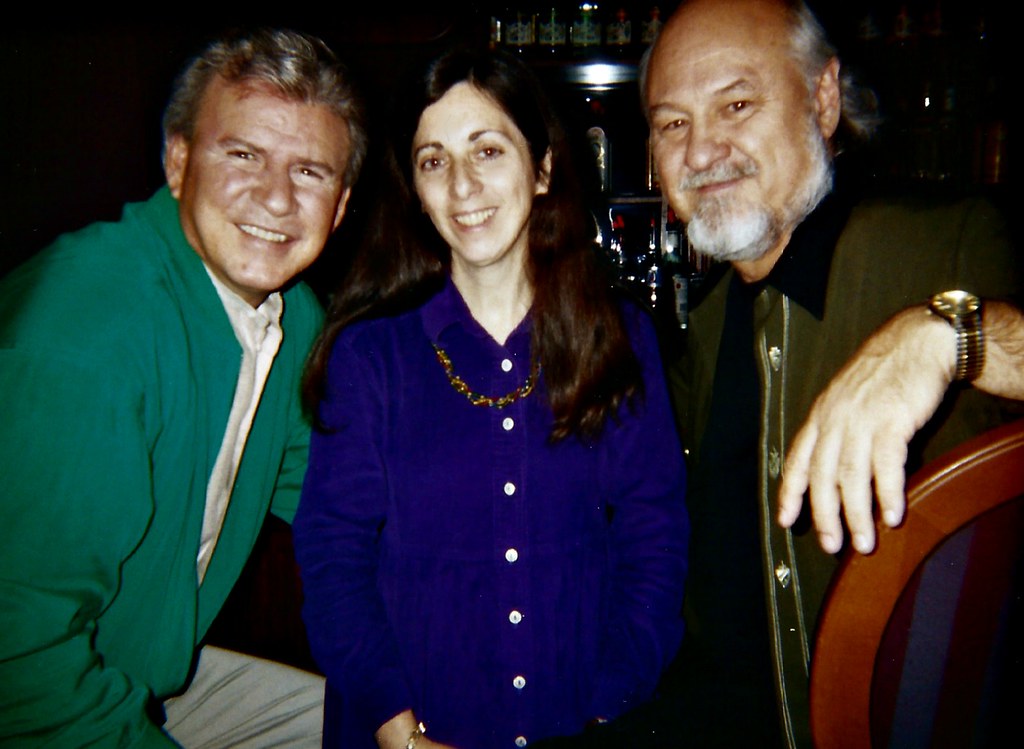
2. **The Genesis of a Classic: “I Fought the Law”
Among his extensive catalog, “I Fought the Law” stands as a raw, rebellious classic, an anthem embraced by generations. Curtis himself famously stated that he “dashed off” the song in a single afternoon, suggesting a spontaneous burst of creativity rather than prolonged labor, and would later say he had no direct inspiration for its powerful narrative. This effortless creation belies the song’s profound and enduring impact across popular music.
The song’s journey to iconic status was a gradual one, initially recorded by Curtis and The Crickets. It wasn’t until 1966 that the Texas-based Bobby Fuller Four propelled it into the Top 10, imprinting its now-immortal refrain, “I fought the law — and the law won,” onto the collective consciousness. This version solidified its place in rock history, demonstrating how a song can find its moment through the right interpretation.
Over the ensuing decades, “I Fought the Law” transcended its initial rock and roll roots, becoming a testament to its universal themes of rebellion and consequence. It was covered by a remarkably diverse array of artists, from the searing punk energy of The Clash to the melancholic country tones of Johnny Cash and Nanci Griffith. Even mainstream rock giants like Bruce Springsteen and Tom Petty lent their voices to the track, affirming Curtis’s assessment in 2014 to The Tennessean: “It’s my most important copyright.”

3. **The Undeniable Hook: “Love Is All Around” and “The Mary Tyler Moore Show”
In stark contrast to the gritty narrative of “I Fought the Law,” Curtis’s other signature song, “Love Is All Around,” offered an uplifting and optimistic counterpoint. This melodic gem became the theme for “The Mary Tyler Moore Show,” a new CBS sitcom that premiered in 1970. At the time, Curtis was engaged in writing commercial jingles, a pragmatic endeavor that unexpectedly led to one of television’s most beloved anthems.
The creation of this iconic theme was sparked by a conversation with his friend Doug Gilmore, a music industry road manager. Gilmore had informed Curtis that the sitcom’s developers were seeking an opening song and provided a four-page format outlining the show’s premise: “‘Girl from the Midwest, moves to Minneapolis, gets a job in a newsroom, can’t afford her apartment etc.,’ which gave me the flavor of what it was all about.” This detailed brief allowed Curtis to capture the essence of Mary Richards’s journey.
Curtis recalled his initial meeting with show co-creator James L. Brooks, who was initially reserved, stating, “‘We’re not at the stage of picking a song yet, but I’ll listen anyway.’” However, after Curtis performed the song on his guitar, the room quickly filled with interested parties, leading to a recording. The lyrics, “Who can turn the world on with her smile? / Who can take a nothing day, and suddenly make it all seem worthwhile? / Well it’s you girl, and you should know it / With each glance and every little movement you show it,” became as indelible as the show itself, forever linked with Moore’s triumphant hat toss. Producers initially sought Andy Williams for the vocals, but he declined, leaving Curtis’s easygoing baritone to become the voice of a generation.
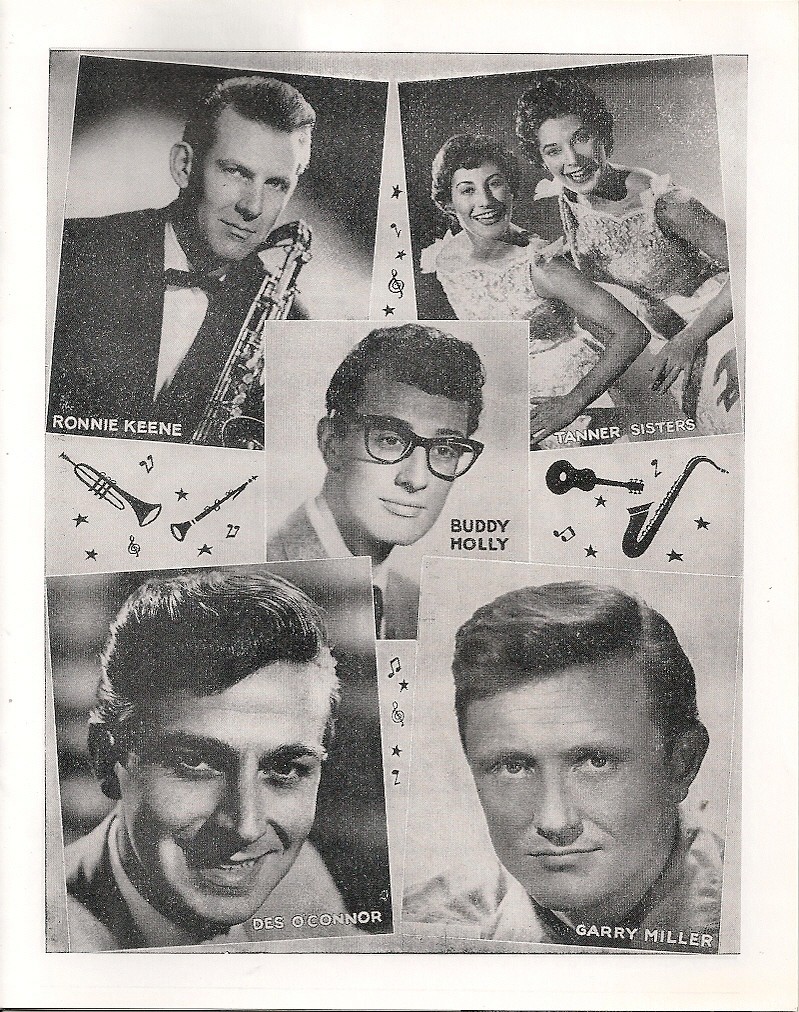
4. Early Musical Roots: A Friendship with Buddy Holly
Sonny Curtis’s musical journey began not in the structured environment of a recording studio, but in the heart of Texas, where he forged a crucial friendship with Buddy Holly. Born during the Great Depression to cotton farmers, Curtis’s humble origins provided a stark contrast to the bright lights of his future career. His childhood connection with Holly was a formative experience, intertwining their paths in the nascent years of rock and roll.
In the mid-1950s, Curtis was an active participant in the evolving rock scene, frequently jamming on guitar with Holly. Their shared passion for music extended beyond casual sessions; Curtis also had the extraordinary opportunity to open for Elvis Presley when Presley was still a regional act, offering him an early glimpse into the burgeoning world of rock superstardom. These experiences honed his skills and deepened his understanding of the genre.
Curtis’s innate songwriting talent emerged remarkably early in his life. Before he reached the age of 20, he had already demonstrated his prowess by writing the hit song “Someday” for country star Webb Pierce. Concurrently, he penned “Rock Around With Ollie Vee” for Buddy Holly, showcasing his versatility and ability to craft tunes that resonated with different artists and audiences, foreshadowing his later prolific output.
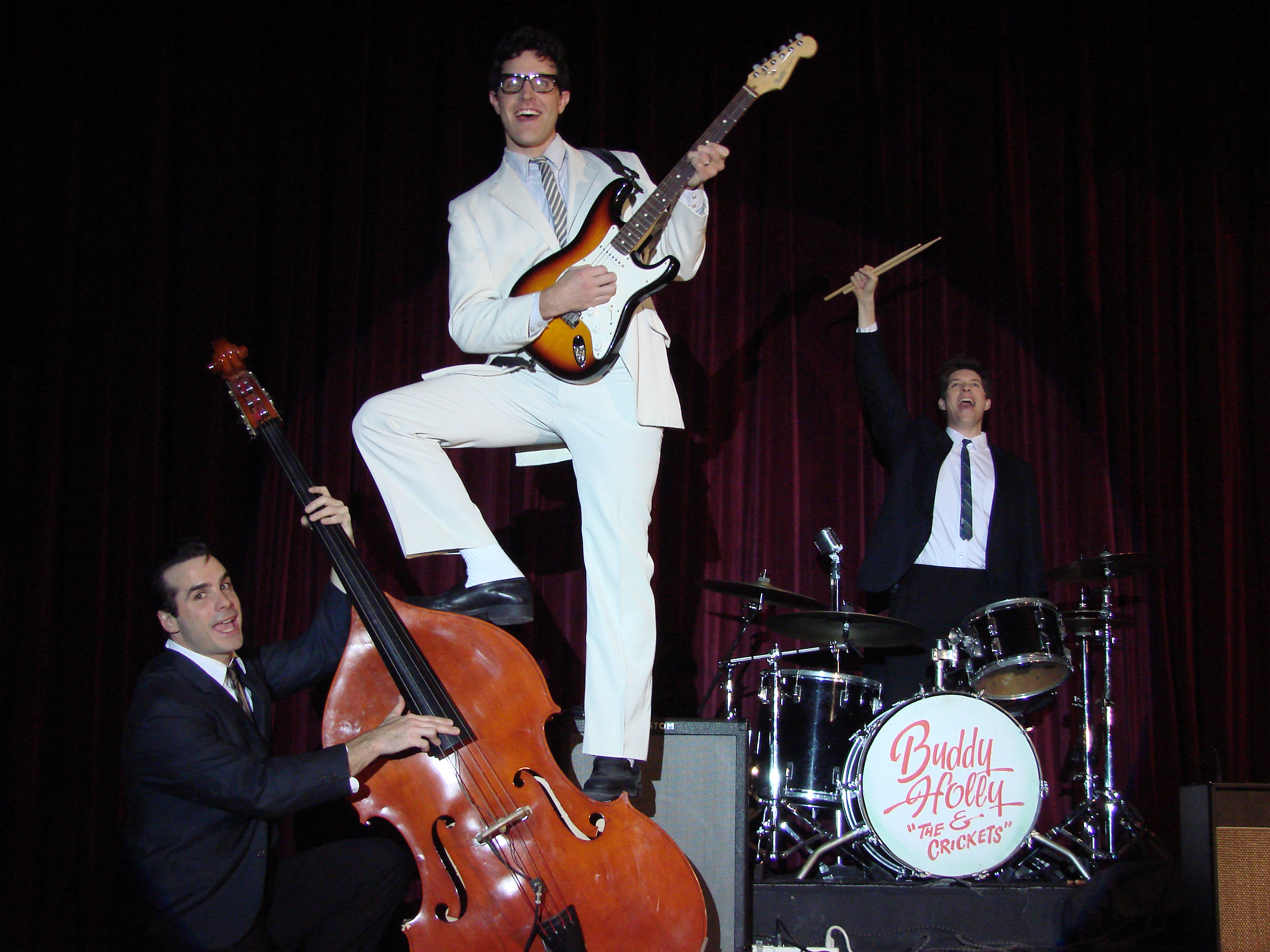
5. **The Crickets: Shaping Rock and Roll After Holly
Sonny Curtis’s association with The Crickets, Buddy Holly’s influential band, is a cornerstone of his legacy, though his path with the group was marked by a significant interruption. He had initially been a member of Holly’s group but left before Holly achieved widespread stardom. This period saw Curtis exploring his own musical avenues, contributing to the broader rock and roll landscape of the time.
Tragically, Holly died in a plane crash in 1959, an event that reshaped the trajectory of rock music. In the aftermath, Curtis returned to The Crickets, stepping into a role that honored Holly’s legacy while allowing the band to continue its creative journey. This decision was a testament to his dedication to the music and his bandmates, and it proved to be a pivotal moment for the group’s continued influence.
The following year, Curtis was a featured artist on the album “In Style with the Crickets,” which further solidified his place within the band. This album included “I Fought the Law,” a song that would later gain immense popularity. Another notable track from this period was “More Than I Can Say,” a collaboration with Jerry Allison, which became a hit for Bobby Vee and later for Leo Sayer, illustrating The Crickets’ continued ability to produce impactful music with Curtis at the helm, maintaining their reputation as a blueprint for rock and roll bands.

6. **A Prolific Songwriter’s Pen: Beyond His Own Voice
Sonny Curtis’s genius extended far beyond his performances and direct association with iconic bands; he was, first and foremost, a prolific songwriter whose compositions were sought after by a vast array of artists. He wrote or co-wrote hundreds of songs, demonstrating a remarkable versatility that transcended genre boundaries. This ability to craft tunes that resonated with diverse performers underscores his profound musical intuition and skill.
His songwriting prowess was evident in country music, where he penned Keith Whitley’s smash hit “I’m No Stranger to the Rain.” This success highlighted his capacity to delve into the emotional depth required for country ballads, solidifying his reputation among Nashville’s elite songwriters. His compositions often captured universal sentiments, allowing them to be interpreted in myriad ways.
Beyond country, Curtis’s work found a home with pop and rock legends. The Everly Brothers recorded his personal favorite, “Walk Right Back,” a song he completed while in Army basic training, showcasing his ability to create memorable melodies even under demanding circumstances. Bing Crosby, Glen Campbell, Bruce Springsteen, and the Grateful Dead are among the many other artists who covered his work, a testament to the timeless appeal and adaptable nature of his songwriting craft across the musical spectrum.

7. **The Solo Journey and Later Collaborations
While Sonny Curtis’s fame is largely intertwined with his iconic songwriting and work with The Crickets, he also pursued a solo career, releasing a handful of albums that allowed his individual artistic voice to shine. These solo endeavors, though perhaps less globally recognized than his major songwriting hits, offered a deeper look into his personal musical inclinations. Albums such as “Sonny Curtis” and “Spectrum” provided platforms for his unique blend of rock, country, and pop sensibilities.
His solo efforts occasionally broke through commercially, particularly in the country music scene. The 1981 single “Good Ol’ Girls” proved to be a modest success, hitting the country Top 20 on the Billboard charts. This achievement further underscored his versatility as an artist, demonstrating his ability to connect with audiences not just as a songwriter for others, but also as a performer in his own right, particularly within a genre known for its appreciation of well-crafted narratives and authentic voices.
In his later years, Curtis maintained his connection to his musical roots, continuing to play with Jerry Allison and other members of The Crickets. The band released several albums during this period, notable among them “The Crickets and Their Buddies,” a collaborative effort featuring appearances by esteemed musicians like Eric Clapton, Graham Nash, and Phil Everly. These collaborations celebrated the enduring legacy of The Crickets and Curtis’s ongoing contributions, even including “The Real Buddy Holly Story,” a song written as a rebuke to the 1978 biopic “The Buddy Holly Story,” showcasing his unwavering commitment to historical accuracy and his friend’s legacy.
Read more about: Miley Cyrus: Decoding the Journey – From Disney Star to Global Icon and Her Evolving Relationship with Show Business
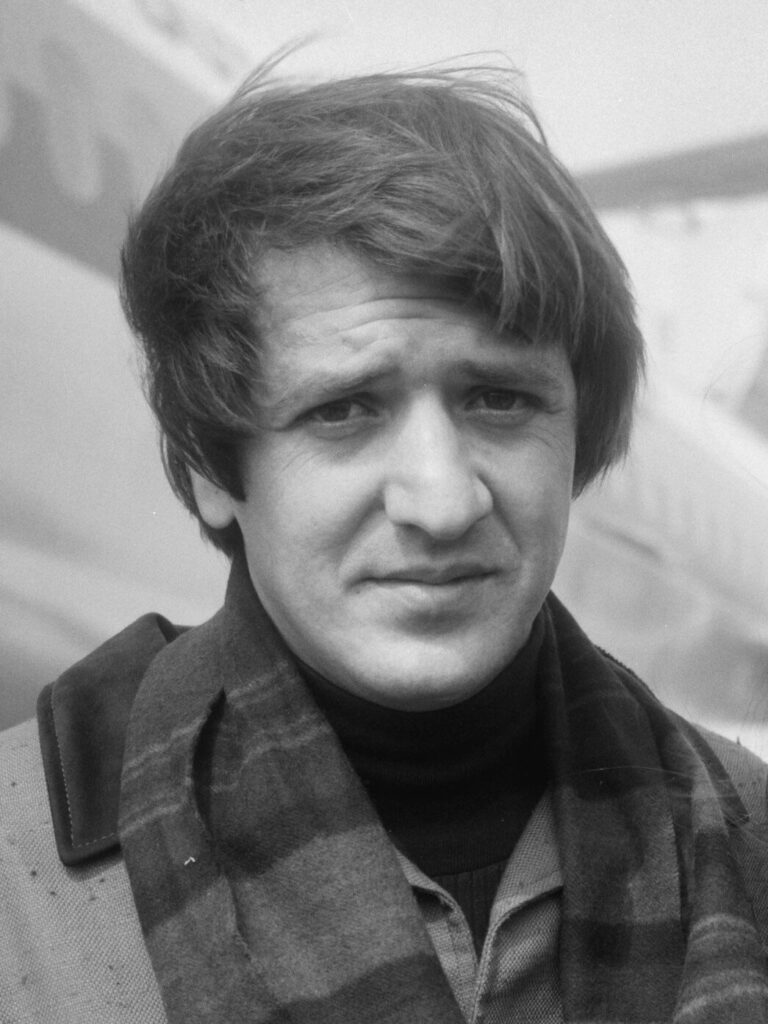
8. **The Ascent of Sonny Bono: From Songwriter to Pop Icon
Salvatore Phillip “Sonny” Bono carved a distinct narrative into American culture, setting a course notably different from Sonny Curtis. Born in Detroit in 1935, Bono’s early life, marked by financial hardship, saw his family relocate to Los Angeles when he was seven. Opting out of high school, he undertook various manual jobs while cultivating a burgeoning passion for music and songwriting, which would eventually launch his prominent public career.
Bono’s entry into the music industry began as a songwriter for Specialty Records, a label that featured artists like Sam Cooke, whose “Things You Do to Me” was recorded there. He later worked alongside influential producer Phil Spector in the early 1960s, serving various roles from promotion man to percussionist. During this period, he co-wrote “Needles and Pins” with Jack Nitzsche, showcasing his foundational talent for popular songcraft.
A pivotal shift occurred in 1963 when Bono met Cherilyn Sarkisian, then 16, who would become his second wife and musical partner, Cher. Recognizing her unique talent, Bono spearheaded their collaboration as Sonny & Cher, leading to their commercial breakthrough in 1965 with the infectious single “I Got You Babe.” Bono wrote, arranged, and produced this million-selling hit, catapulting the duo to widespread fame and establishing his role as a creative force.
Bono’s influence extended beyond the duo’s immediate hits, significantly shaping Cher’s early solo career. He notably wrote and produced several of her initial singles, including the impactful “Bang Bang (My Baby Shot Me Down).” In 1965, he also briefly pursued a solo career, releasing “Laugh at Me,” which impressively reached No. 10 on the Billboard Hot 100, a rare personal achievement he often humorously acknowledged.
9. **A Distinctive Sound: The Musical Legacy of Sonny & Cher
The artistic partnership of Sonny & Cher developed a distinctive sound, blending pop and folk-rock elements beyond their initial breakout success. Bono continued to pen and produce a string of popular records, including “The Beat Goes On” in 1967. These tracks underscored Bono’s consistent ability to create enduring melodies and relatable narratives that solidified their unique place in the pop landscape.
Despite their continued musical output, the duo’s mainstream popularity began to wane by the late 1960s, as shifts in music tastes challenged their signature sound. Their foray into film, such as the 1967 comedy “Good Times,” did not achieve the commercial success they had hoped for. This period prompted a strategic adaptation in their career.
In response, Sonny and Cher ingeniously pivoted to nightclub performances, integrating witty banter and comedic sketches into their musical sets. This novel approach not only revitalized their live act but inadvertently laid the groundwork for their subsequent triumph in television, showcasing Bono’s adaptability as an entertainer and his keen understanding of audience engagement.
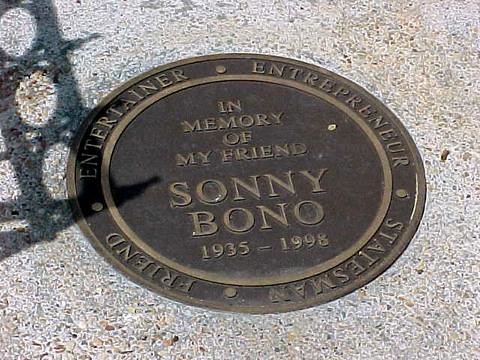
10. **From Stage to Screen: Sonny Bono’s Television Ventures
The early 1970s marked a new zenith for Sonny Bono, as he and Cher successfully translated their dynamic blend of music and humor to television with “The Sonny & Cher Comedy Hour.” Launched on CBS in 1971, this variety show rapidly became a cultural phenomenon, attracting millions with its musical acts, satirical sketches, and playful interactions. Their vibrant, sequined attire, often designed by Bob Mackie, became emblematic of the era’s glamour.
Bono cultivated his distinctive mustache during “The Sonny and Cher Comedy Hour” development, which became an enduring part of his public image. The show’s immense popularity was eventually curtailed by the couple’s personal separation and divorce in 1974, leading to its cancellation. Bono subsequently launched his solo variety program, “The Sonny Comedy Revue,” which aired on ABC for a single season that same year.
Remarkably, public demand for the duo’s chemistry led to their reunion for “The Sonny and Cher Show” from 1976 to 1977. This revival underscored their undeniable rapport and the complex yet powerful bond they maintained, even post-divorce. Their ability to professionally collaborate exemplified a unique chapter in television history, demonstrating a profound understanding of their public personas.
Their final public performance as a duo occurred on November 13, 1987, on “Late Night with David Letterman,” where they performed “I Got You Babe” one last time. Bono’s 1967 reflections on songwriting, stating that “a sort of magic takes over, and it’s not like work at all,” captured the effortless appeal defining his memorable compositions.
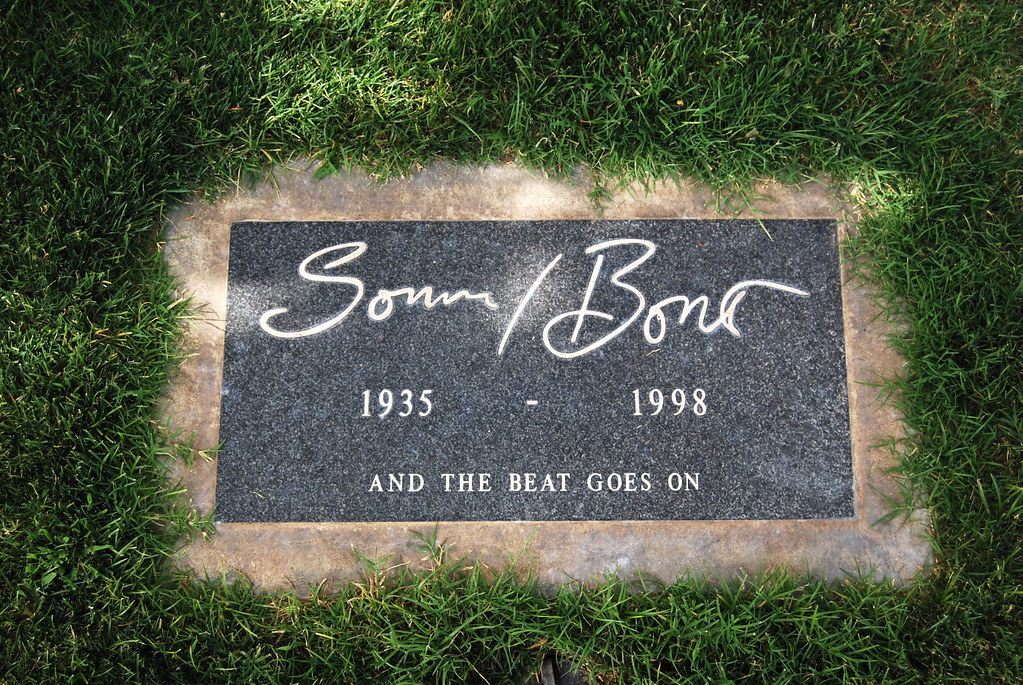
11. **Stepping into Film: Bono’s Acting Career
Beyond his musical and television success, Sonny Bono diversified his career into acting, accumulating varied credits across film and television. His early acting included numerous guest appearances in popular TV series of the 1960s and 70s, such as “The Man From U.N.C.L.E.,” “Fantasy Island,” and “The Love Boat,” showcasing his pervasive presence in entertainment.
As his career progressed, Bono took on more substantial film roles, revealing surprising range. He played rock star Jack Marshall in the 1975 TV movie “Murder on Flight 502” and notably delivered a memorable comedic performance as the mad bomber Joe Selucci in the 1982 film “Airplane II: The Sequel.” These roles allowed him to explore different facets of his performing ability.
A particularly noteworthy film role came in 1988 when he portrayed the racist entrepreneur Franklin Von Tussle in John Waters’ critically acclaimed “Hairspray.” This character enabled Bono to delve into a more complex persona, and his portrayal highlighted a surprising dramatic depth and versatility, earning him recognition beyond his pop music roots.
In his later years, Bono’s acting often intertwined with his emerging political career. He appeared as the Mayor of Palm Springs—a position he held in real life—in “P.S. I Luv U” (1991-92) and as Mayor Frank Berkowitz in “Lois & Clark: The New Adventures of Superman” (1993). These appearances cleverly leveraged his public recognition, blurring the lines between his celebrity and political roles.
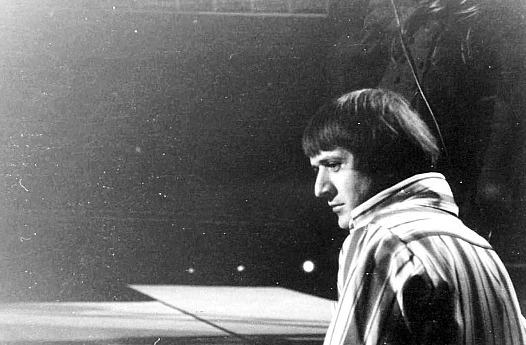
12. **A Pivotal Shift: The Transition to Political Life
The trajectory of Sonny Bono’s career took an unforeseen yet profoundly impactful turn in the mid-1980s with his entry into American politics. This transition was instigated not by grand ideology, but by deep personal frustration with local government bureaucracy. In 1985, his attempt to open an Italian restaurant in Palm Springs was met with excessive administrative red tape for a simple business sign, becoming the catalyst for his decision to seek public office.
Despite having not voted until he was 53, Bono successfully ran for mayor of Palm Springs, serving from 1988 to 1992. His mayoral tenure was characterized by a practical, results-oriented approach, directly addressing the inefficiencies that had motivated his political engagement. He applied his celebrity charisma and pragmatic problem-solving skills to local governance, making a tangible impact on his community.
One of Bono’s most enduring achievements as mayor was spearheading the creation of the Palm Springs International Film Festival. This cultural event, established through his vision and tireless efforts, aimed to boost the city’s profile and economic vitality. The festival continues to flourish annually, standing as a lasting tribute to his foresight and dedication to community development, and is now held each year in his memory.
Following his successful mayoral term, Bono pursued broader political ambitions. In 1992, he sought the Republican nomination for the United States Senate. Though ultimately unsuccessful, losing to Bruce Herschensohn, this campaign marked his entry onto the statewide political stage and showcased his capacity for building relationships across the political spectrum.
Read more about: Beyond the Laughs and Dimensions: Unpacking the Tumultuous Rise of ‘Rick and Morty’

13. **Congressional Service: Advocacy and Impact in Washington
The zenith of Sonny Bono’s political journey occurred in 1994 when he successfully ran for the U.S. House of Representatives. Initially considering a run for lieutenant governor, he shifted his focus to Congress following a Republican’s retirement. Bono secured both the Republican nomination and the general election, representing California’s 44th congressional district. He was reelected in 1996, serving until his death in 1998, leaving a notable mark on national policy.
Bono injected a unique blend of celebrity and earnestness into Washington, quickly becoming a popular Republican public speaker. His self-deprecating style, often stating, “I feel kind of like the black sheep in Congress, but here I am,” resonated with both colleagues and constituents. He notably charmed Capitol Hill figures with a humorous speech at a Washington Press Club Foundation dinner in 1995, candidly admitting discomfort with prepared remarks.
During his congressional tenure, Bono focused on key legislative areas including copyright law, immigration, and environmental issues. He co-sponsored a House bill seeking to extend copyright terms, a legislative effort that, after his death, inspired the naming of the Sonny Bono Copyright Term Extension Act. This measure underscored his commitment to intellectual property rights.
A particularly passionate cause for Bono was the restoration of the Salton Sea, a large California lake facing severe environmental challenges. He tirelessly advocated for its plight, successfully drawing national attention. His dedication was publicly affirmed when then-Speaker Newt Gingrich made an appearance and speech at the lake’s shore in 1998 on Bono’s behalf, highlighting the bipartisan respect he earned.
Authors Maraniss and Weisskopf, in *Tell Newt to Shut Up*, credited Bono with a remarkably astute observation regarding political image. Bono was reportedly the first to recognize Speaker Gingrich’s public relations difficulties in 1995, advising, “You’re a celebrity now… The rules are different… You need handlers.” This counsel, drawn from his vast entertainment experience, illuminated his unique understanding of media dynamics.
Read more about: Tran Trong Duyet: Unpacking the Complex Legacy of John McCain’s Captor at the ‘Hanoi Hilton’ and His Journey Towards Reconciliation
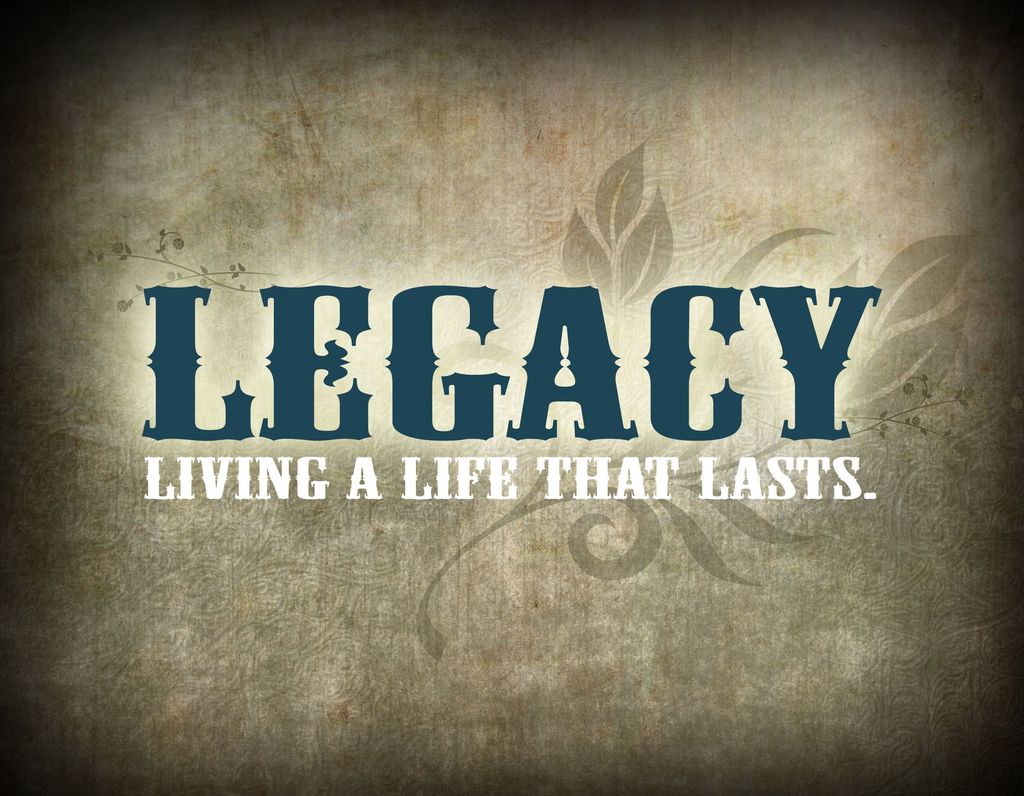
14. **Enduring Legacy: The Multi-faceted Public Figure
Sonny Bono’s extraordinary and varied life concluded tragically on January 5, 1998, at 62, following a skiing accident. His sudden death profoundly impacted both the entertainment and political spheres, prompting widespread tributes that underscored his unique and indelible contributions to American public life. His passing marked the end of a career characterized by an exceptional journey through diverse professional realms.
Posthumous recognition continued to affirm Bono’s significant cultural impact. In 2011, he was inducted into the Michigan Rock and Roll Legends Hall of Fame. A deeply personal honor was bestowed on May 15, 1998, when he received a posthumous star on the Hollywood Walk of Fame, shared with Cher, symbolizing their iconic partnership and individual achievements.
Bono’s dynamic personal life encompassed four marriages and four children, including Chaz Bono, a prominent transgender activist born to Cher, and Chesare Elan and Chianna Maria with his fourth wife, Mary Whitaker. Following his death, Mary Bono successfully ran in a special election, winning his former House seat and continuing his political legacy.
A singular distinction remains a testament to Bono’s unparalleled trajectory: he is the only member of Congress to have achieved a number-one pop single on the US Billboard Hot 100 chart. This unique accomplishment encapsulates his journey from chart-topping entertainer to influential legislator. His headstone epitaph succinctly reads: “AND THE BEAT GOES ON,” a fitting tribute to a life of continuous reinvention and lasting cultural impact.
Read more about: Beyond the Limelight: Complex Friendship of Robert Redford and Natalie Wood, from High School Sparks to Hollywood Legacies
In examining the lives of Sonny Curtis and Sonny Bono, we encounter two distinct figures, both named “Sonny,” who each left an indelible, yet profoundly different, mark on American society. Curtis, the understated musical genius, enriched generations with his timeless compositions and humble dedication to artistry. Bono, the charismatic entertainer turned astute politician, exemplified the power of adaptability, public engagement, and a willingness to forge unconventional paths. Their parallel stories collectively illuminate the diverse and often unexpected avenues to lasting public recognition, reminding us that significant legacies are shaped in myriad forms, continuously contributing to the fabric of our world.



